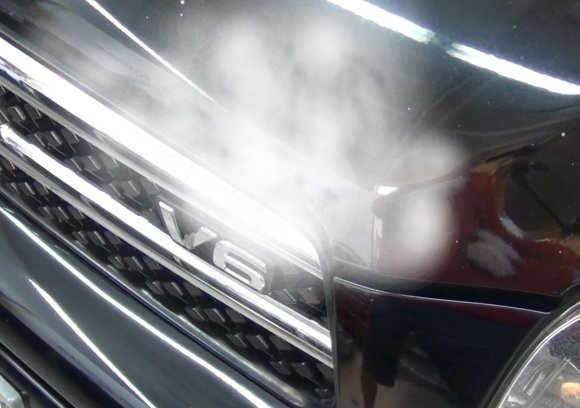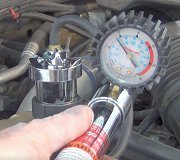Hi guys. Please let me add a couple of notes. Given the age and mileage, I worry about the transmission's front pump seal being hardened and brittle. Many professionals would replace it as a matter of principle as long as they're in there, but as an alternative, once the inspection cover is removed, tap in a pair of wood wedges between the bottom of the bell housing and the teeth on the ring gear. Those will support the torque converter once it is slid off the crankshaft. It will also prevent the torque converter from falling off as the transmission is moved out of the way.
If the torque converter is allowed to hang freely on the transmission's input shaft, it could drop enough to bend the front pump seal. Most of the time that doesn't cause a problem, but I don't like risking having one that's brittle and cracks from that weight.
Some people will use a c-clamp on the bottom of the bell housing to hold the torque converter in, but that won't hold it up to prevent seal damage. If nothing is used to hold it, be sure the torque converter is fully seated when bolting the transmission back onto the engine. At times it can be frustrating getting the flats on the hub lined up, but when they do, the converter will drop into place by sliding back another inch or more. To be safe, take a measurement from the front edge of the ring gear to the front edge of the bell housing before the transmission is unbolted. If you have considerably less than that when bolting the transmission to the engine, the torque converter isn't fully seated. Bolting the engine and transmission together that way will push the torque converter's hub into the front pump and damage it. When you do have the torque converter fully seated, you'll be able to spin it by hand after the engine and transmission are bolted together, and you'll likely have to pull it forward a little to catch the first flex plate-to-torque converter bolt.
Be aware on some models that use an "externally-balanced" crankshaft, the rear external weight can be on the torque converter. When you run into that, there will always be one flex plate-to-torque converter bolt that is offset, so the torque converter can only bolt up one way. Even when that isn't the case, I like to install the first bolt as far as possible by hand, but I don't tighten it yet. Rotate the crankshaft, then install the other three bolts. By leaving them loose at first, you can shift the flex plate a fraction of an inch if necessary to get the next bolt started. Once all four are run in, you can go around a second time to fully tighten them. Torque spec is 23 foot - pounds.
Sunday, May 1st, 2022 AT 3:45 PM


